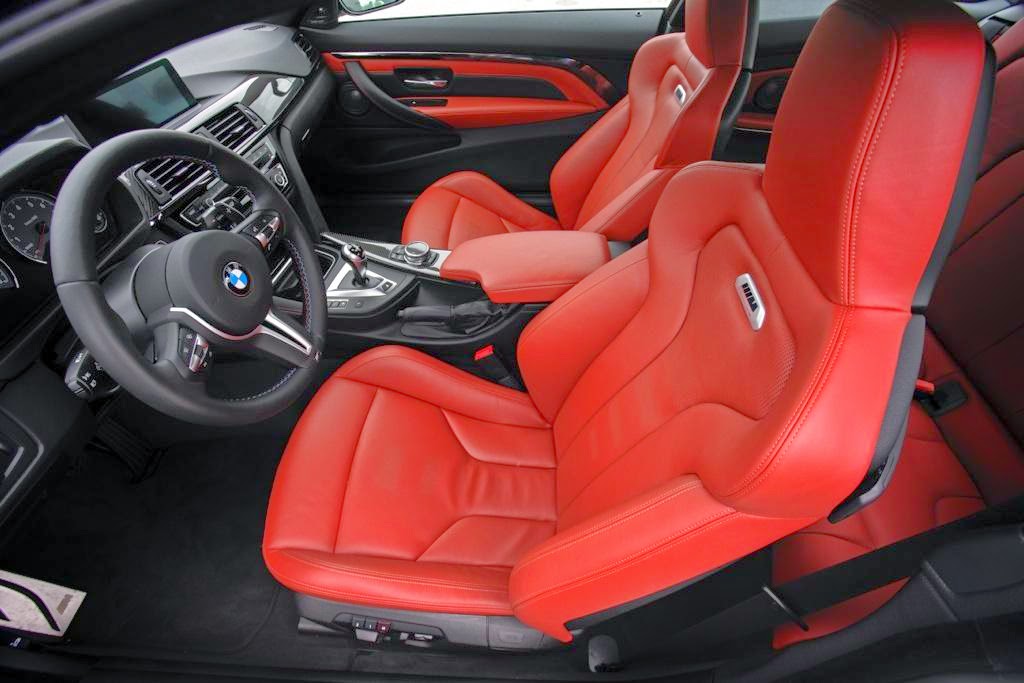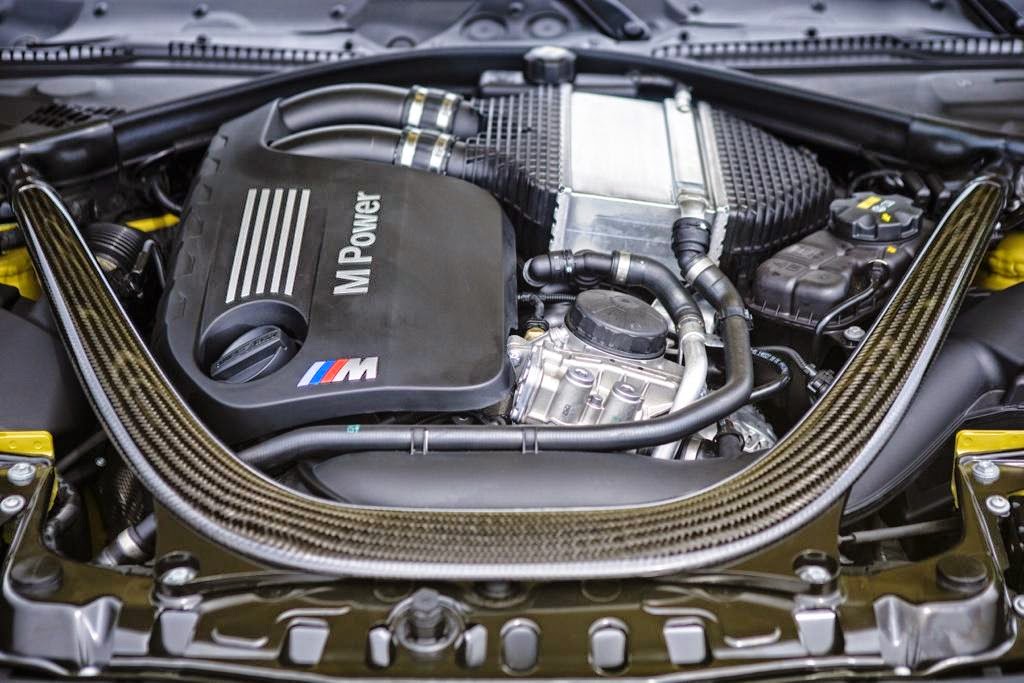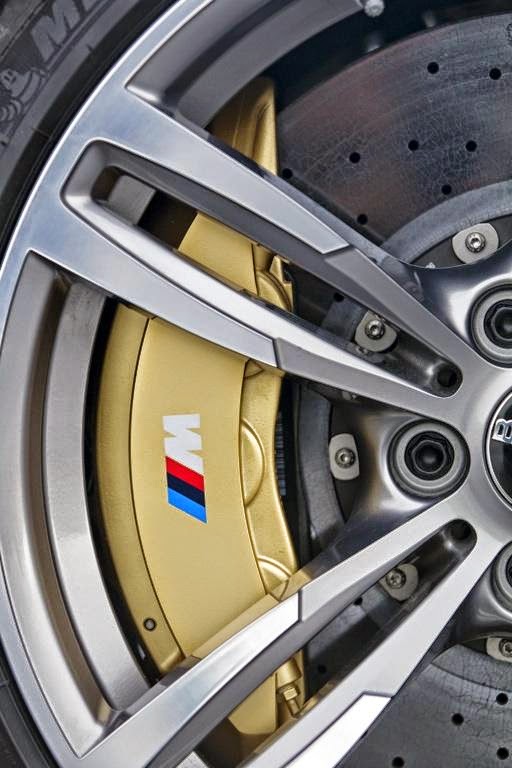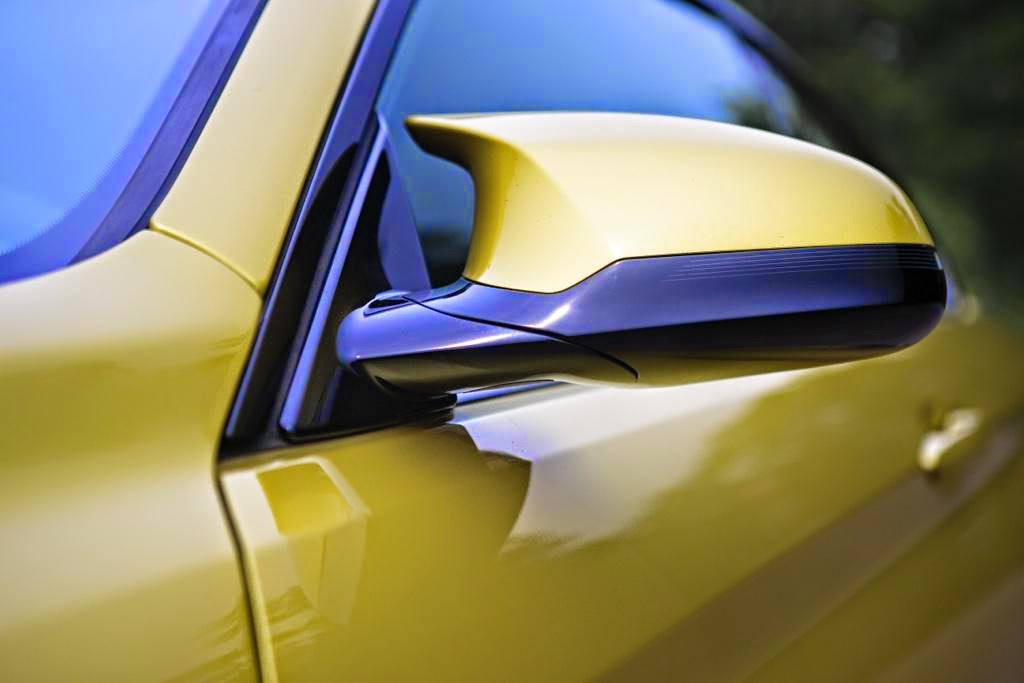 |
| 2015 BMW M3 and M4 press drive at Road America. |
By Alex Lloyd, Motoramic
June 17, 2014
While BMW may say that its halo car is the all-new i8 hybrid, in reality, it’s the M3. The “i” line certainly predicts the future, but the M3 will always be a key to that future’s existence; just say “E30” to anyone who has the vaguest interest in performance cars and they’ll tell you that it embodies everything BMW’s M division stands for.
 |
| 2015 BMW M3 |
However, in the same breath they’ll complain about how it’s been going wrong ever since, and that the E46 was the last pureblooded M3. That timing loosely correlates with BMW’s expansion into SUVs with the X5, and a few short years later into big hatchbacks like the X6 and now plug-in hybrids. Model numbers have swelled too; today a 3 Series coupe is a 4 Series (although you can still buy a four-door 4 Series like the 3 Series if you opt for the Gran Coupe model — not to be confused with the four-door 3 Series Gran Turismo).
Dilution, then, is the term of the decade. And yet from a sales perspective, bombarding buyers with confusing choices clearly works; BMW just recorded its best May in history. But for the enthusiast, these sales come at a price – one that’s not counted in dollar bills but in the number of hairs standing on the back of your neck.
Take the latest M5, for example. By all measured statistics, it performs brilliantly. But as an object of desire, it lacks emotion. There’s nothing special about it, and the same conclusion fills Internet forums regarding the outgoing E90 M3. And with the 2015 M3/M4 ditching its V-8 motor in favor of a twin-turbo inline-6, worries about the M3’s status of corporate spirit animal have been fueled even further.
 |
| The carbon brace is a beautiful example of engineering |
Of course some of that negativity was merely chatter from commenters (and some journalists) who have never driven cars like an E30, E36 or E46 M3 for comparison. A new M3 is worse than an older one because that’s the stereotypical storyline we all adhere to, whether we have a basis to make those judgments or not. And it will be the same thing as the reviews for the fifth-gen, F80 M3 pile in: “Brilliant, yes – but it’s no E30.”
I’ve not driven enough pre-E90s to make a thorough comparison, so I won’t try to make one here in our first drive of the 2015 M3 and M4. And it’s primarily irrelevant anyway, as the topography of the auto industry has shifted so vastly over the years that cars like the E30 couldn’t exist today. Regardless, I find the current F10 M5 to be disappointing not because of the E60 M5’s greatness, but because as a standalone car it failed to grip me: it’s fast, comfortable and handles great, but it keeps the driver at arms length.
BMW’s dilution issue is something real, and as we’ve discovered with the M5, it has impacted some key models. For 2015, the F80 M3/M4 promises to maintain the spark that was passed down from the past four generations, while increasing its usability. During the car’s presentation at Road America – one of the most revered racetracks in America – there was plenty of PR chatter about M standing for efficiency and sustainability (the new cars boast 25 percent better fuel economy), as well as the ultimate in performance. I bet that wasn’t the case at the original’s launch in 1985, but it’s a reminder of how times have changed.
 |
| All-new twin turbo inline-6 replaces the V-8 from the old M3 |
On track, though, it’s business as usual. The M3/M4 duo weigh around 180 lbs. less than their outgoing counterpart. They’re more powerful, too, with 425 hp and 406 lb.-ft. of torque arriving from an all-new 3.0-liter engine with a closed-deck crankcase. The two mono-scroll turbochargers spin up to 120k-200k rpm, with an electric wastegate and 18 psi of maximum boost pressure. To combat the lack of throttle response associated with a turbo motor, BMW opted for a lighter forged crankshaft to reduce the rotating mass, while ensuring the continuously variable valve and camshaft timing work in harmony.
While I was impressed by Ferrari’s new turbocharged engine in the California T, in the M3/M4, it’s even better. The throttle response is explosive in all gears. Despite its high-revving redline of 7,600 rpm, by 7,000 rpm it feels like it’s running out of steam. In the Ferrari, it felt like it was still motoring at its 7,500 rpm redline, but the Bimmer’s initial punch feels more engaging.
The noise in the cabin comes from BMW’s engine synthesizer, and just knowing that makes it harder to fall in love with the car. But you get used to it, and the rumble emitted engages. It just doesn’t sound all that hot from outside the car, but if you’re in the driver’s seat, I suppose that doesn’t matter.
 |
| Carbon ceramic brakes arrive as an option |
Hydraulic power steering is now replaced by electric steering, and BMW has made the transition seamlessly. You have a good sense of what the front wheels are doing, although the steering is quite heavy even in Comfort mode. And I like that, as I rarely drive in anything less than Sport mode, but in the M3/M4, Comfort is all you need on the streets. On the track, however, Sport Plus was the mode of choice, mainly because I liked the additional weight on center for Road America’s curved back straight where we were surpassing 150 mph.
Carbon brakes were fitted to all our track cars, and they’re excellent. The pedal feel is just right and the ABS won’t kick in unnecessarily. You crest 150 mph three times at Road America, with all three straights leading to heavy downhill braking zones. Confidence, therefore, is imperative, and I never once felt unsure as to how late I could brake. They also respond well to plenty of pedal pressure, but if you don’t plan on tracking your M3/M4, then the steel stoppers work just fine.
The handling of both cars is phenomenal, with the slight edge going to the two-door M4. When you talk about a vehicle with no understeer and no oversteer, you’re talking about a car with the perfect neutral balance. It doesn’t exist. Only BMW has somehow discovered it – at least here at Road America. There’s so much grip from the Michelin Pilot Super Sports, and you can sense that the front of the car is much stiffer than in the E90. The reduction in weight helps the car to respond instantly to any throttle or steering actions. On turn in, the clever electric diff opens to ensure the front wheels dive down to the apex, while on power down, it adjusts so as traction is no issue. It’s not intimidating to drive fast, and unlike the M5, it’s not just great at what it does, but it engages. It feels special. And it’s a whopping 15 seconds faster than the outgoing M3 on the Nurburgring. (But you better switch the ESC off, as even in it’s most aggressive setting, it’s ridiculously intrusive.)
 |
| 2015 BMW M4 |
That feeling of specialness transitions with you to the public roads, although today’s “usability” standards make that engagement tougher to discern. I found myself flipping between Comfort and Sport mode on the all-new aluminum shocks, with Sport Plus mode reserved purely for the racetrack. Despite a 0-60 mph time of around 3.9 seconds, its 425 hp feels exploitable on the public tarmac. And the dual-clutch transmission is so good that you don’t wish for the manual; although after driving on the streets with one, rowing my own gears was still preferable, primarily because the gear changes are precise and the shift knob looks and feels like the M3s of old – it was nostalgic, and despite not wanting to get into that tiresome old versus new debate, I did enjoy the sensation.
Both the M3 and M4’s interiors are nice if not spectacular, and a great new feature means you can control your GoPro via the car’s iDrive infotainment screen. At $62,925 for the M3 and $65,125 for the M4, the question as to which one you should buy comes down to personal preference: do you like the two-door silhouette better than the four? For me, I do, but I’d need the four-door’s practicality.
 |
| BMW M3 and M4 |
But the question will remain: Is this the best M3 yet? Can it dance with an E30, for example? That’s not for me to judge, and, as I’ve said, the results would mostly be meaningless. So let’s just leave it at this: If you’ve had concerns about BMW’s M division losing its way of late, the new M3/M4 will prove that when it gets it right, it’s as alive as it’s ever been. Now. If only we could say the same about the current M5.
Disclosure: For this article, the writer’s transportation, meals and lodging costs were paid for by one or more subjects of the article. Yahoo does not promise to publish any stories or provide coverage to any individual or entity that paid for some or all of the costs of any of our writers to attend an event.
Link to this story

















